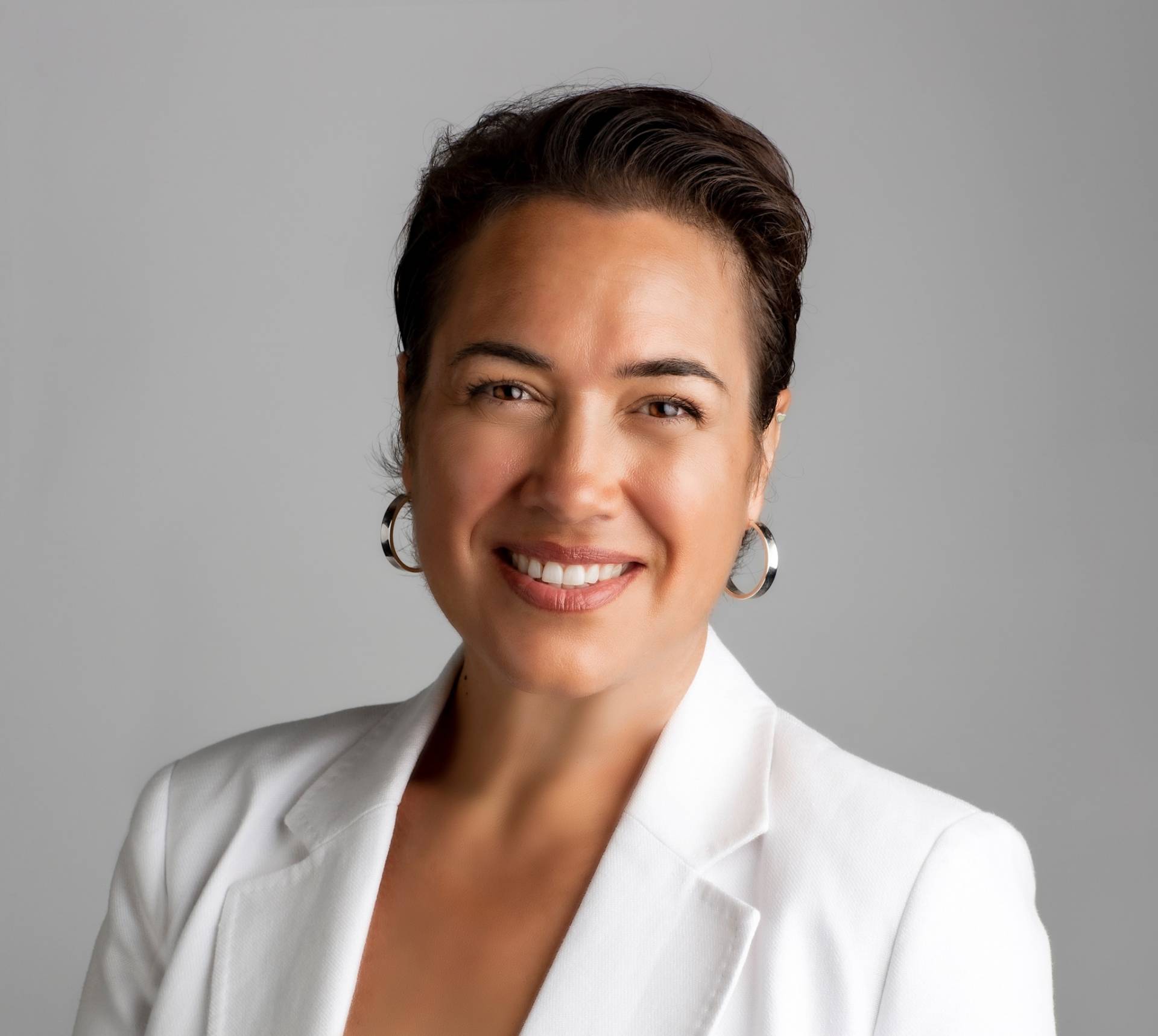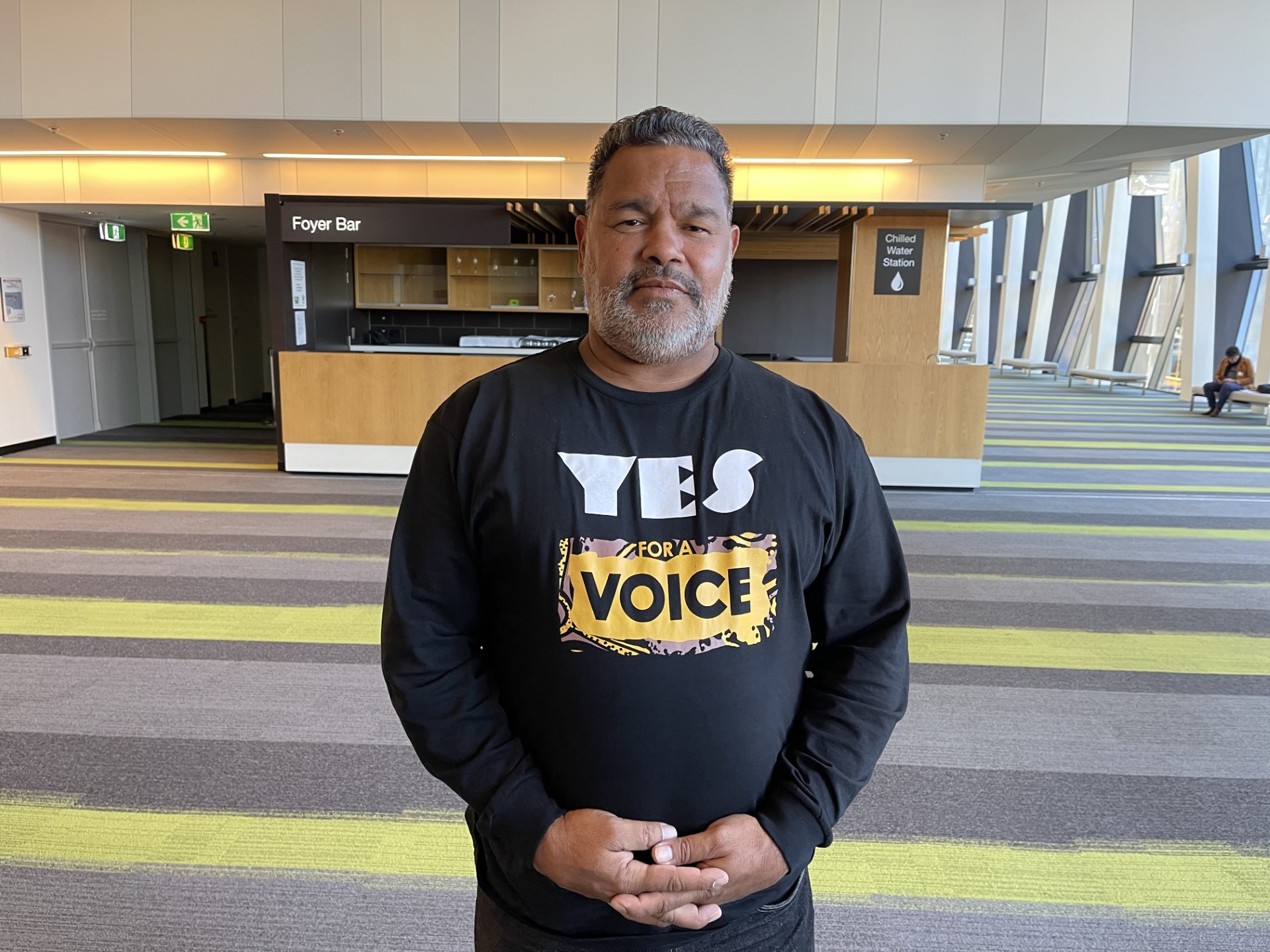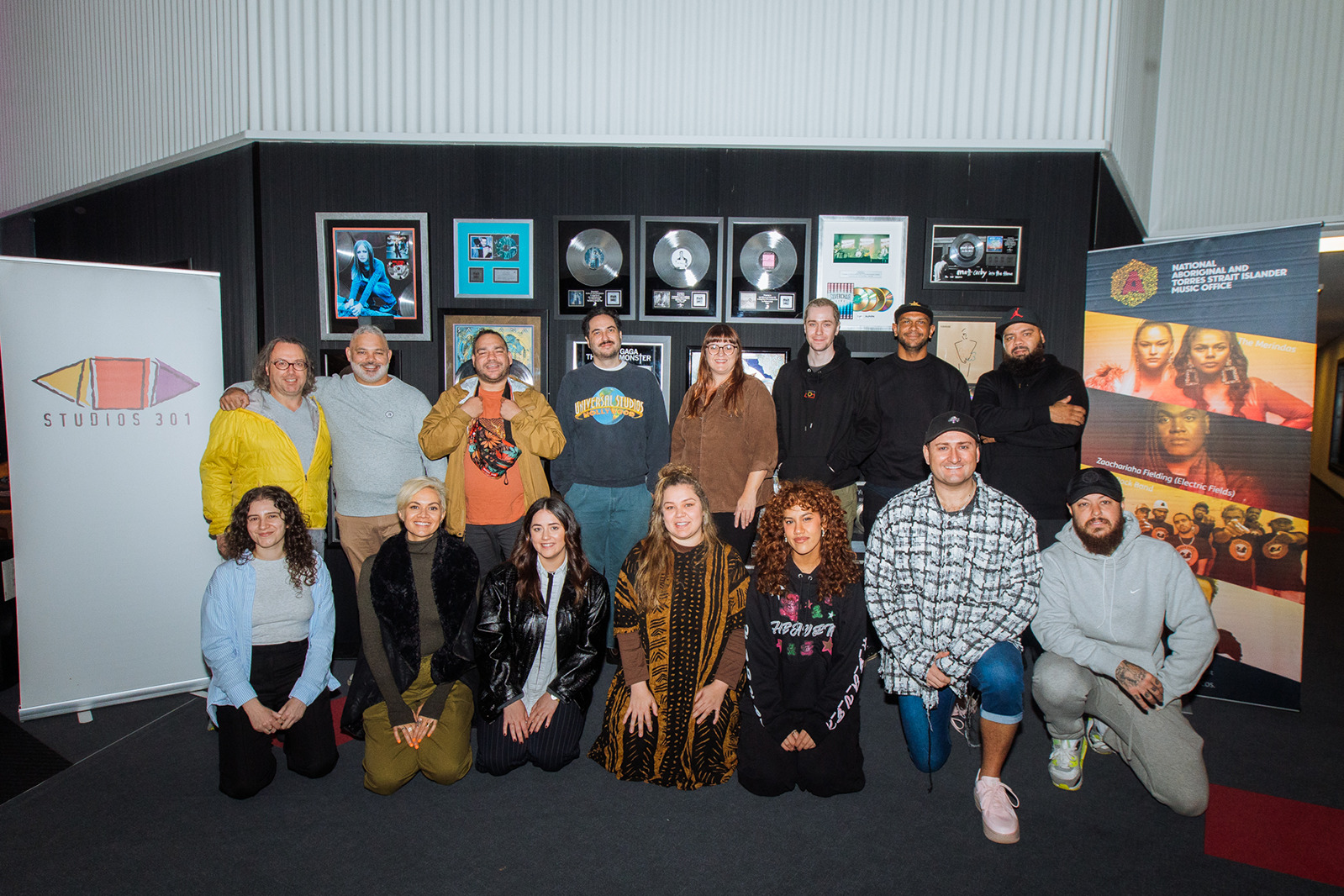The latest Closing the Gap data shows just four of the 19 targets are on track, four have gone backwards and seven have seen some progress but are still falling short.
Arrente/Luritja woman and CEO of the Secretariat of National Aboriginal and Torres Strait Islander Childcare, Catherine Liddle says the figures aren’t promising for Indigenous children.
“For Indigenous children the results aren’t particularly good.
They’re saying that the gap in early educational development domains is widening, they’re telling us more of our children are being removed from their families, and these things are intrinsically linked.
We know that if our families have access to quality early education and care support they are more likely to have a really successful journey.
One that sets our children and families up for success, and ensures that by the time they hit preschool, they are not only developmentary ready, they are culturally ready to get on with the rest of their learning journey.”
The data shows Indigenous preschool enrolment is up, but not enough Aboriginal and Torres Strait Islander children are developmentally on track to begin school.
Ms Liddle says the targets can sometimes miss the nuance of the issue by being based on data collected from non-Indigenous children.
“What’s flawed about that is that it’s based on the majority of children, it didn’t look at what the nuance was for Aboriginal and Torres Strait Islander children.
And that showed that preschool wasn’t going to work because they hadn’t had the support that they needed in the early years.
So the government’s put a lot of effort into making sure that preschools were accessible to everyone.
It forgot to make sure that what we needed was early education care and support.
So that’s things like multi-functional Aboriginal childcare services, those services where you can walk into any door and the support you need is there. It’s staffed by your own communities and families and it’s responding to your unique needs.
Until you get that happening, attending preschool won’t have the impact that you see in the wider community.”
Listen to the Full interview with Arrente/Luritja woman and CEO of the SNAICC, Catherine Liddle here.





